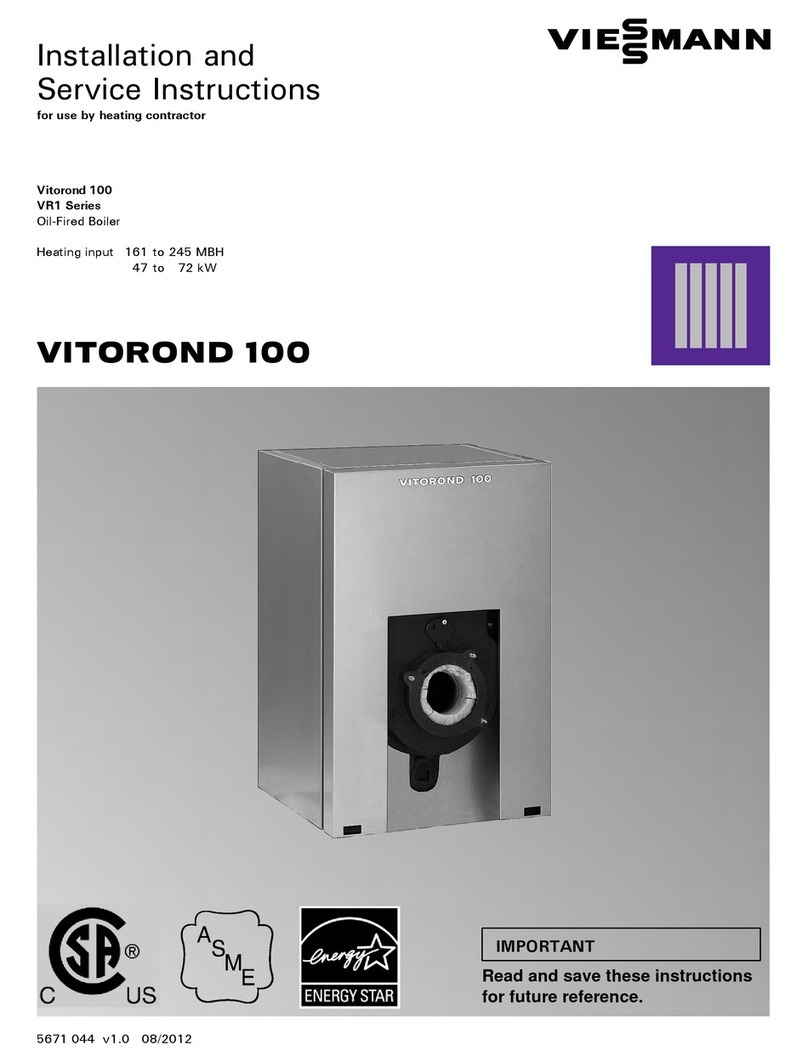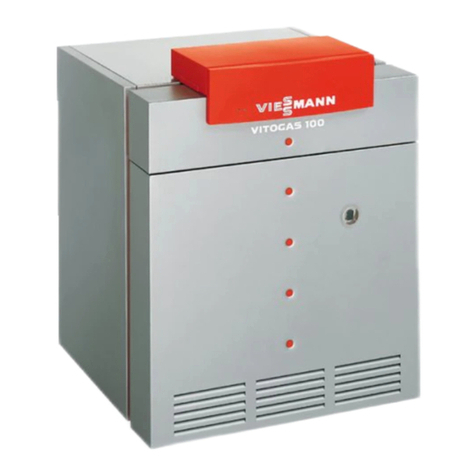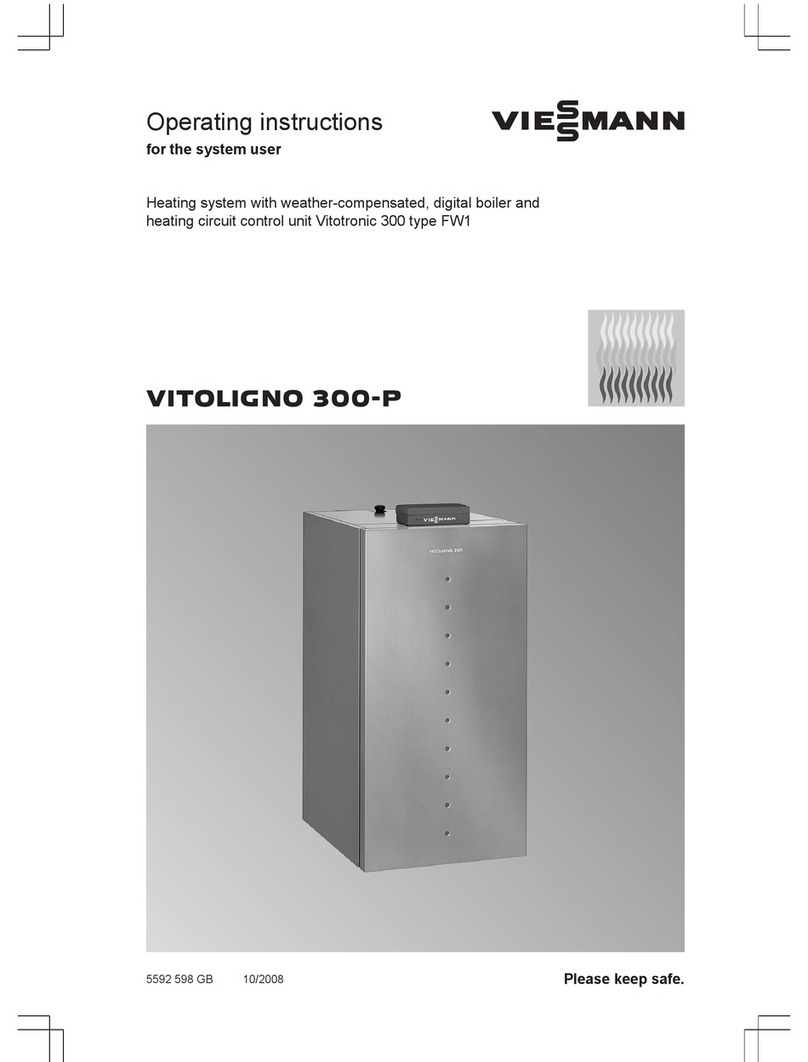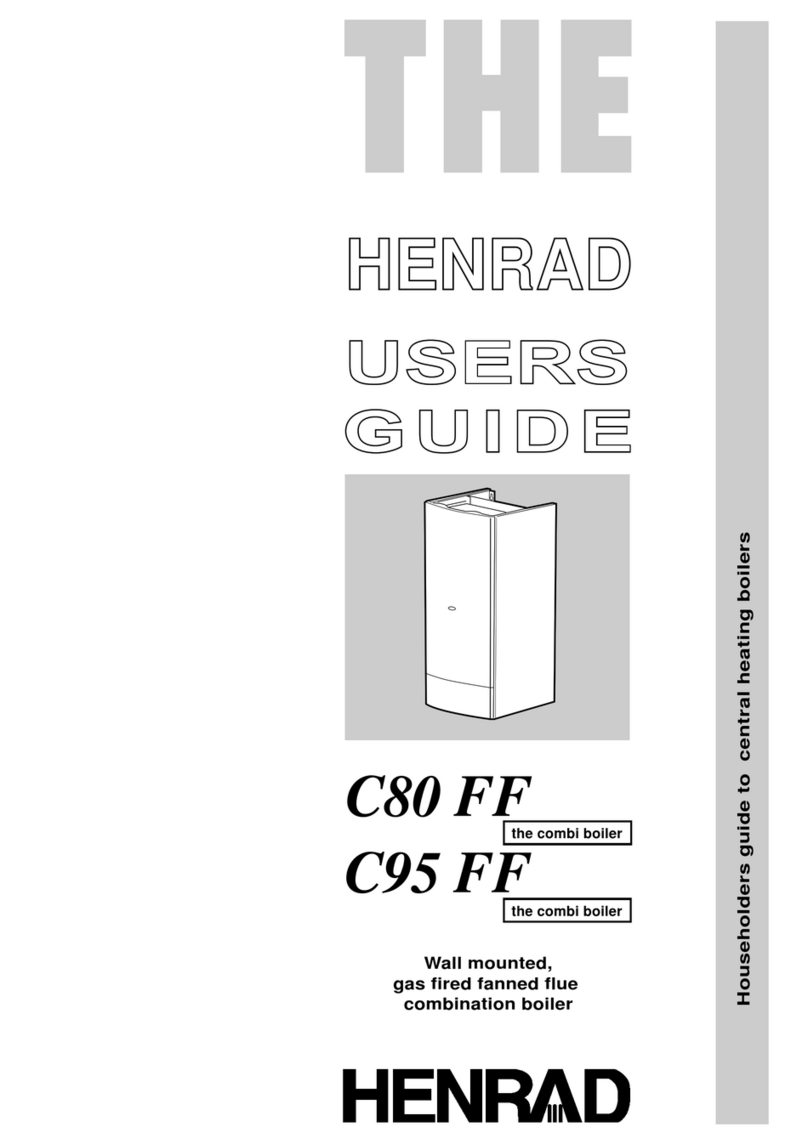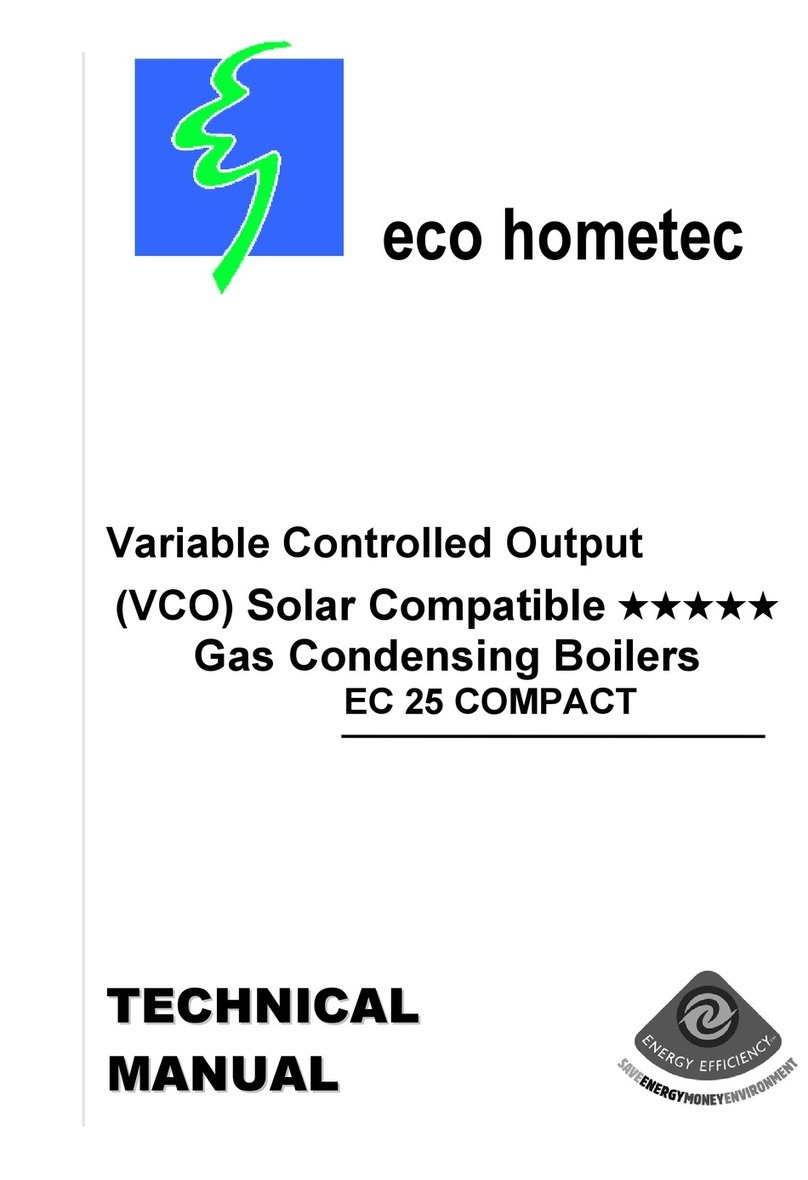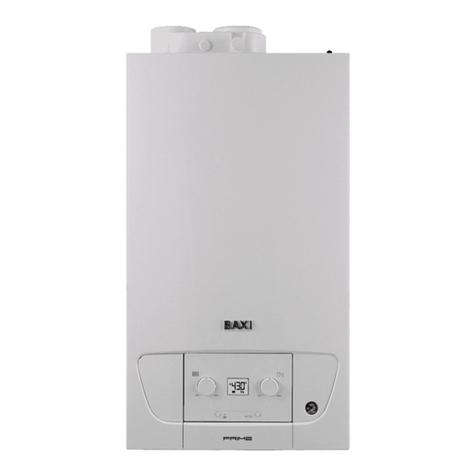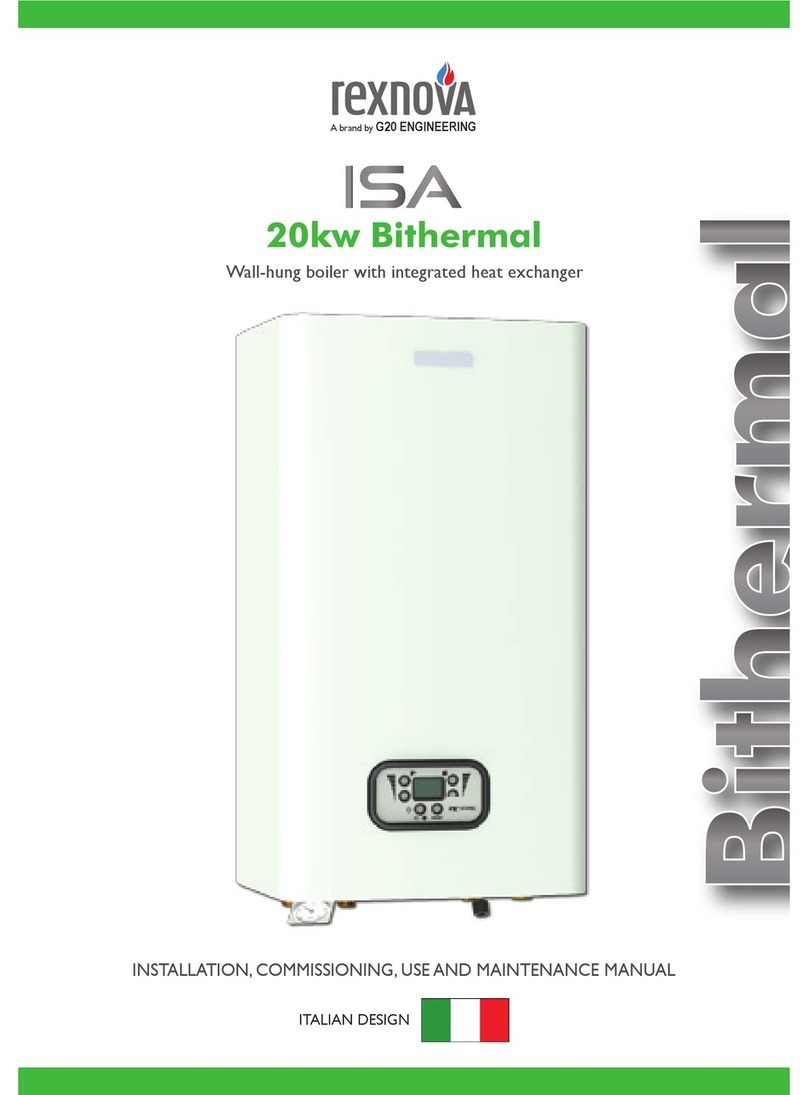Viessmann Vitomax LW Training manual
Other Viessmann Boiler manuals
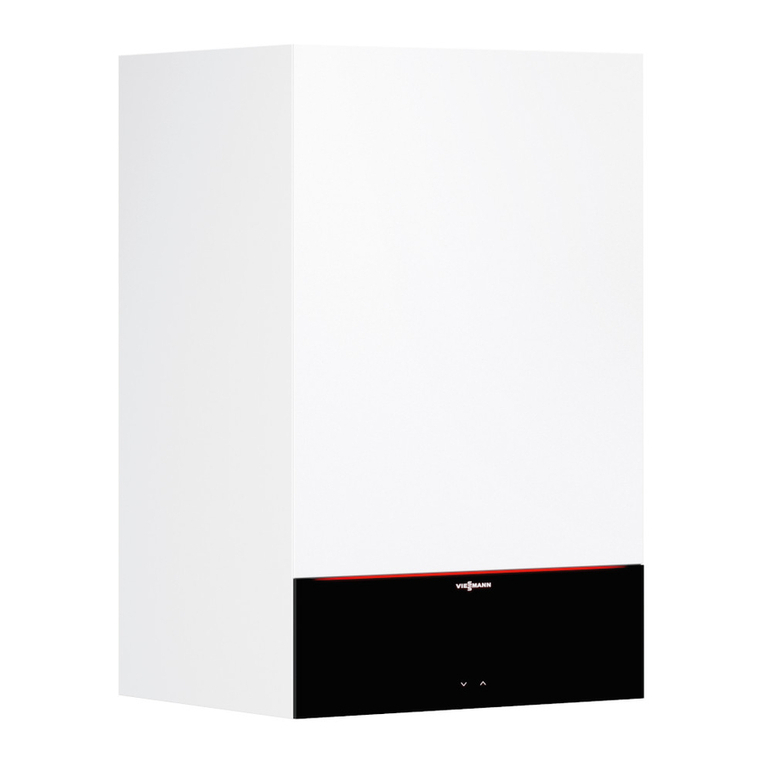
Viessmann
Viessmann Vitodens 100-W Quick guide
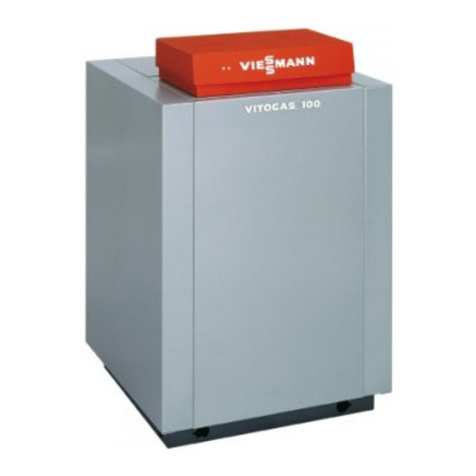
Viessmann
Viessmann VITOGAS 100-F Operating instructions

Viessmann
Viessmann Vitodens 200-W B2HA 100 Instruction manual

Viessmann
Viessmann Vitorond 100 Quick guide
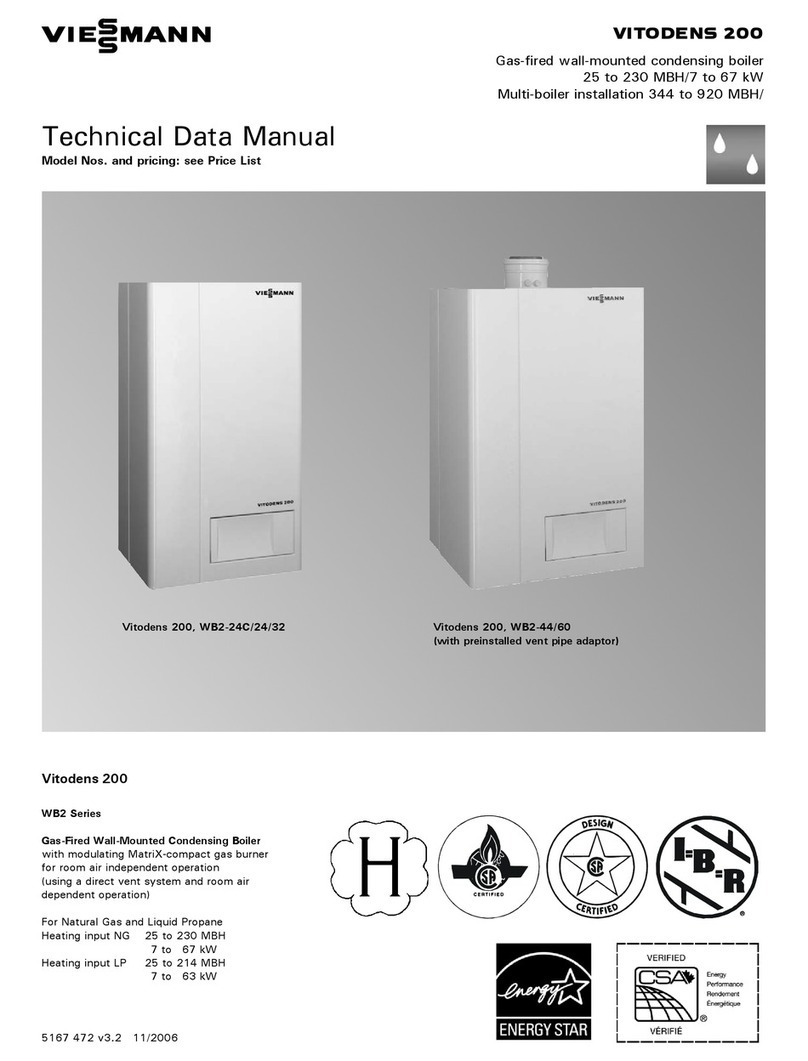
Viessmann
Viessmann VITODENS 200 WB2 Series Instruction manual

Viessmann
Viessmann VITODENS 200 WB2 Series Guide
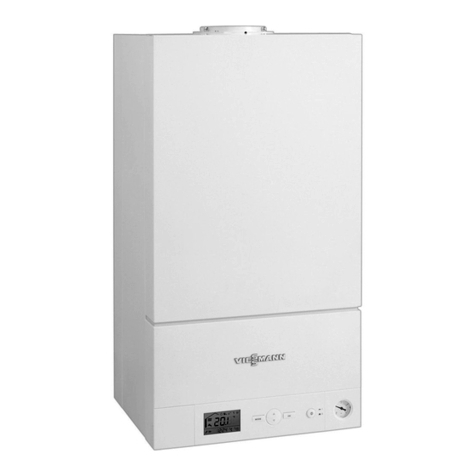
Viessmann
Viessmann VITODENS 050-W Quick guide

Viessmann
Viessmann Vitodens 100-W Quick guide
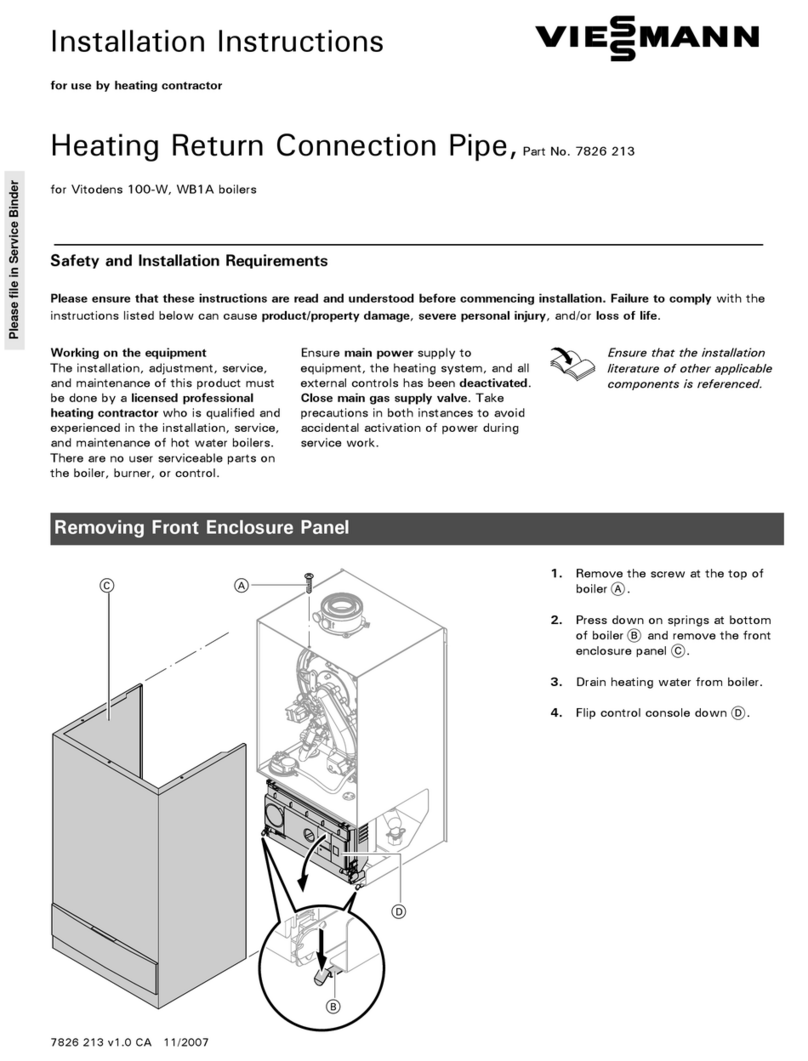
Viessmann
Viessmann Vitodens 100-W User manual

Viessmann
Viessmann VITOPLEX 200 Type SX2A User manual

Viessmann
Viessmann Vitodens 100-W WB1B Series User manual
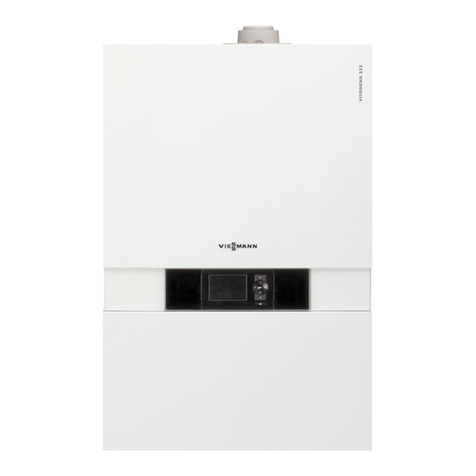
Viessmann
Viessmann VITOPEND 222 WHSA User manual

Viessmann
Viessmann Vitogate 300 User manual

Viessmann
Viessmann VITODENS 050-W Quick guide

Viessmann
Viessmann Vitodens 100-W Quick start guide

Viessmann
Viessmann VITOGAS 050 Instruction manual

Viessmann
Viessmann Vitocrossal 200 CM2 400 Operating instructions

Viessmann
Viessmann Vitocrossal 300 CT3 SERIES Quick start guide
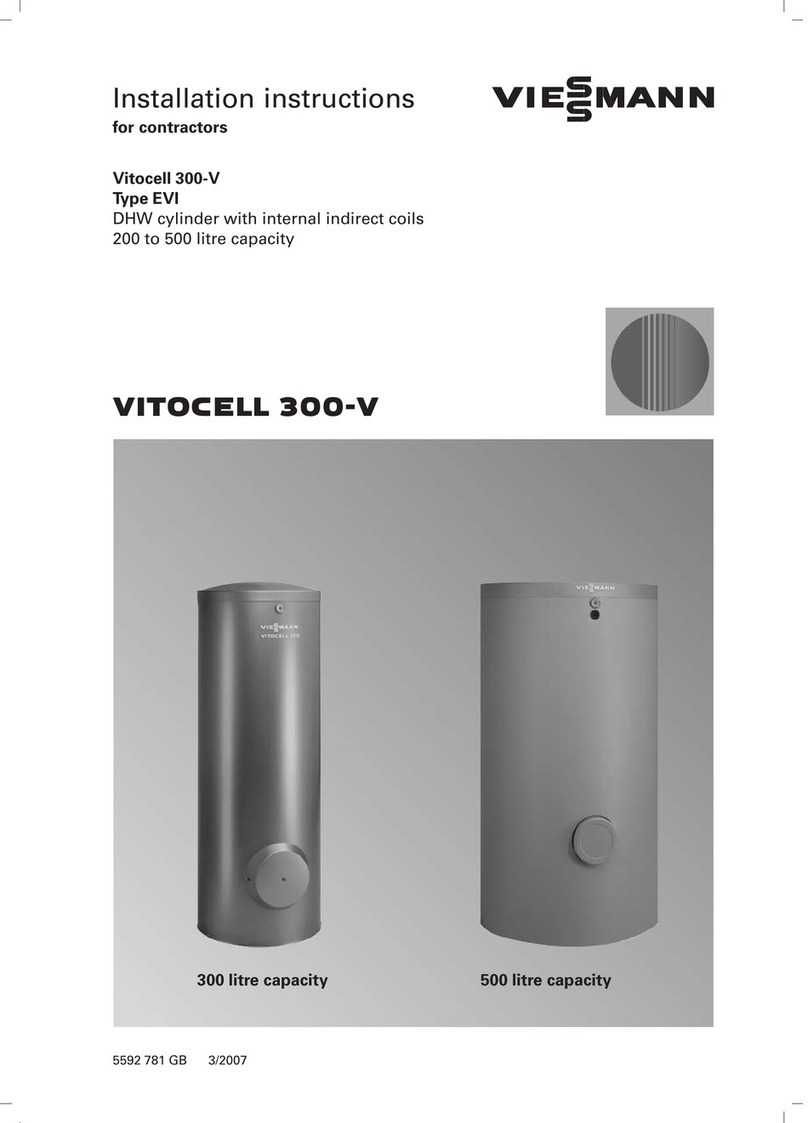
Viessmann
Viessmann Vitocell 300-V 300 User manual

Viessmann
Viessmann VITODENS 333-F WS3A Operating instructions
Popular Boiler manuals by other brands
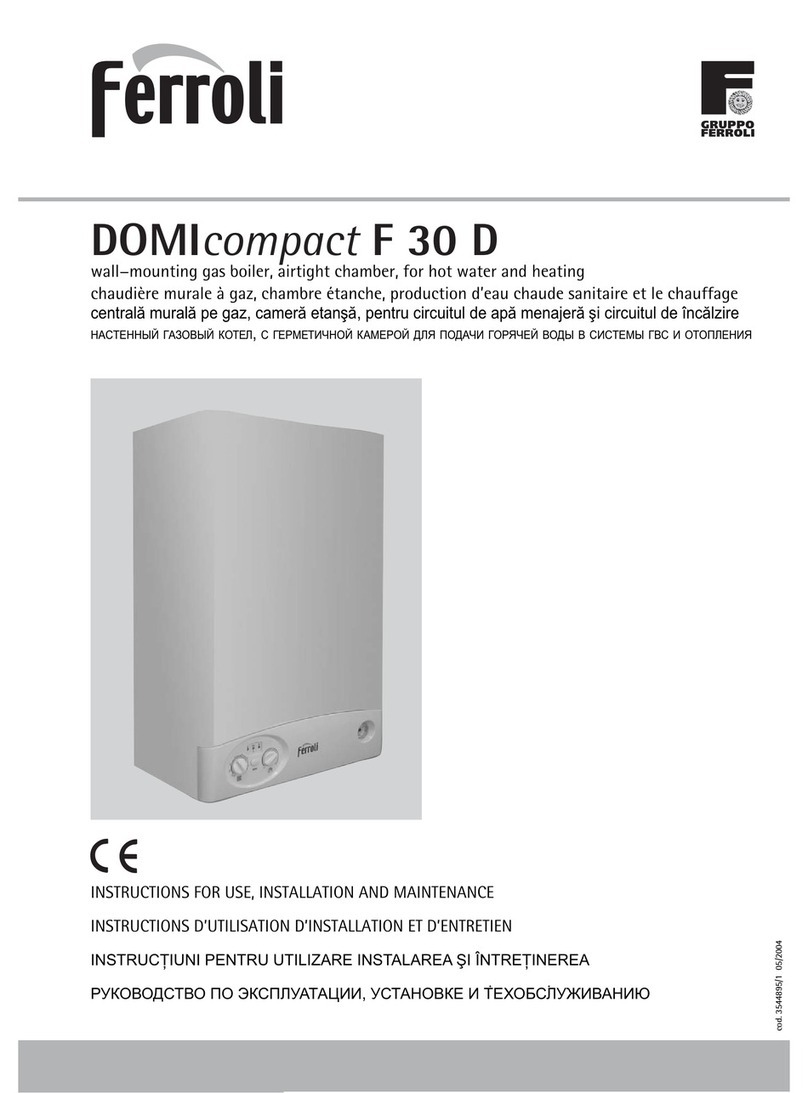
Ferroli
Ferroli DOMIcompact F 30 D null
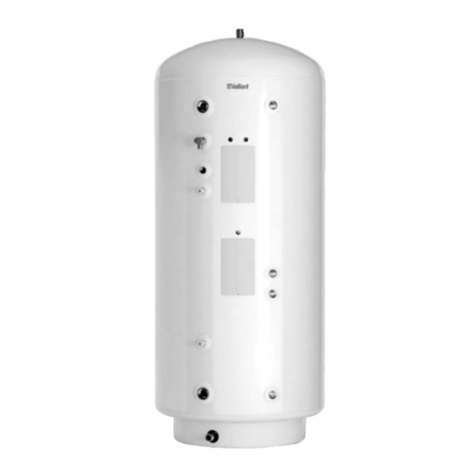
Vaillant
Vaillant uniSTOR VIH SW GB 500 BES operating instructions
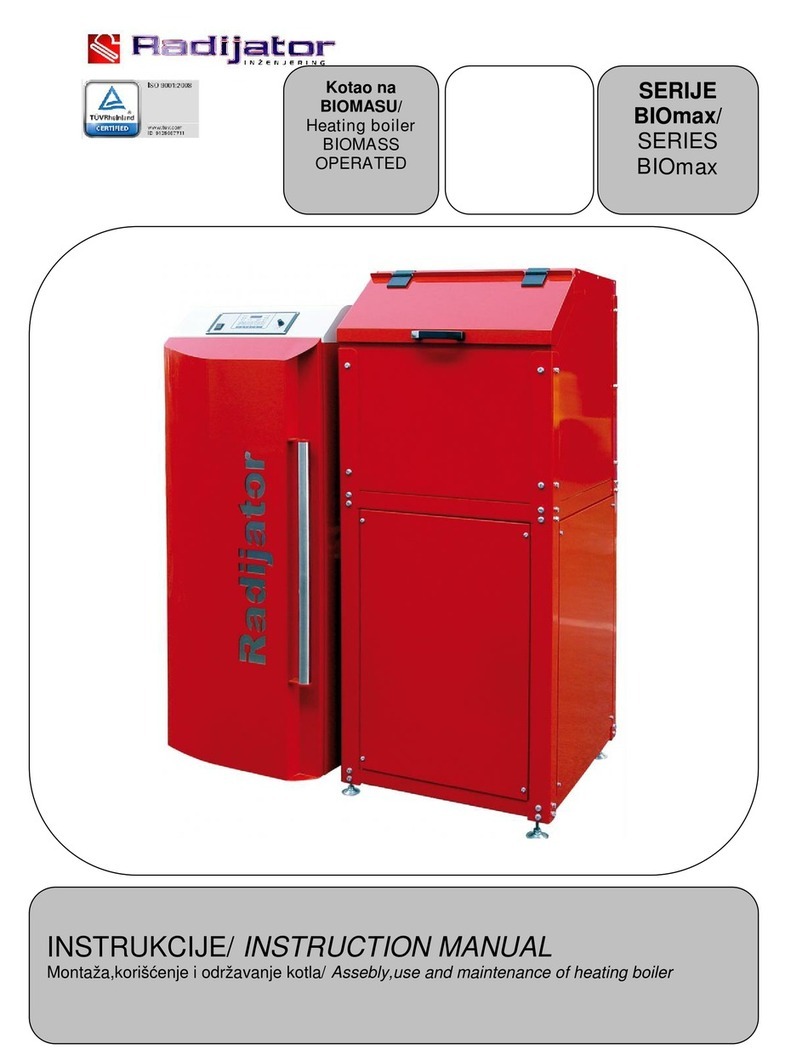
Radijator
Radijator BIO max 23.1 instruction manual
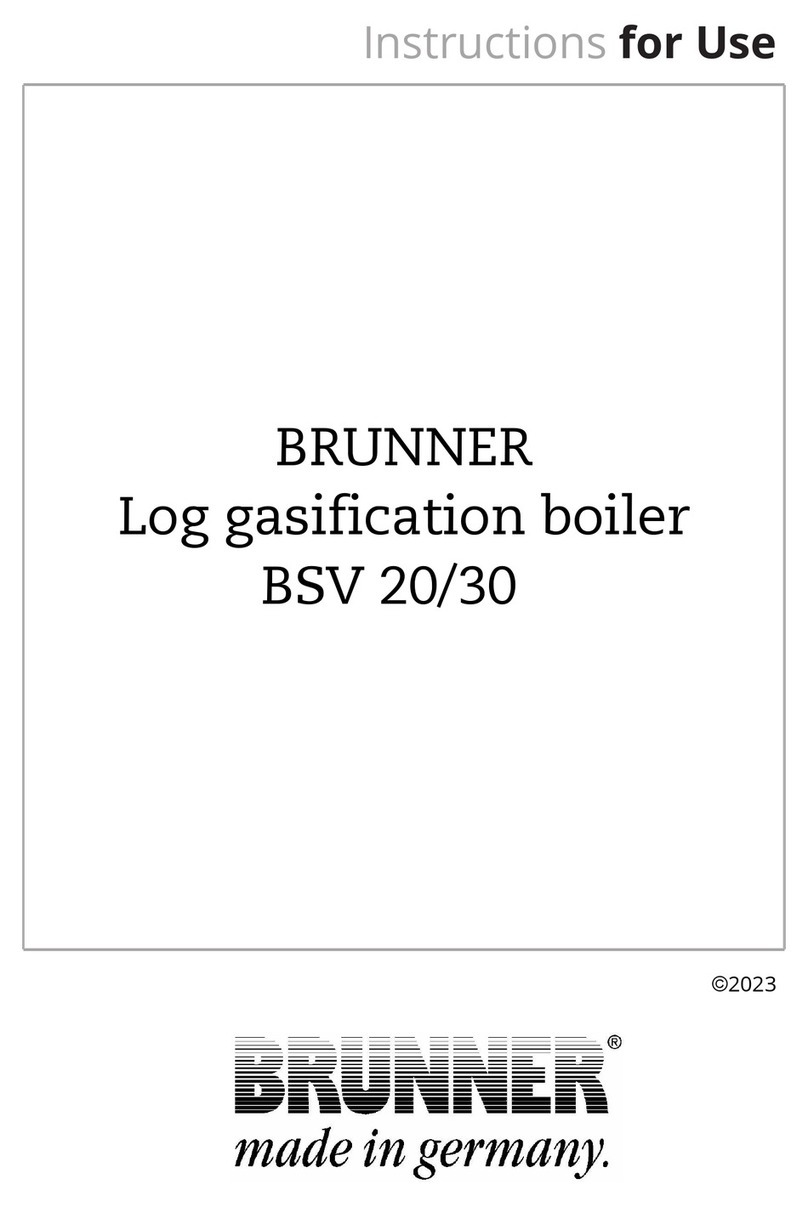
Brunner
Brunner BSV 20 Instructions for use
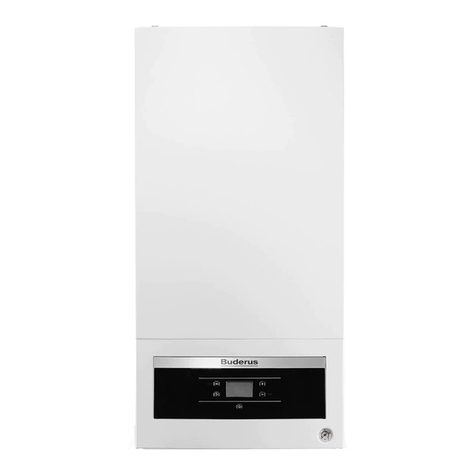
Buderus
Buderus Logamax GB062-24 KDE H V2 Service manual

Potterton
Potterton 50e Installation and Servicing Manual
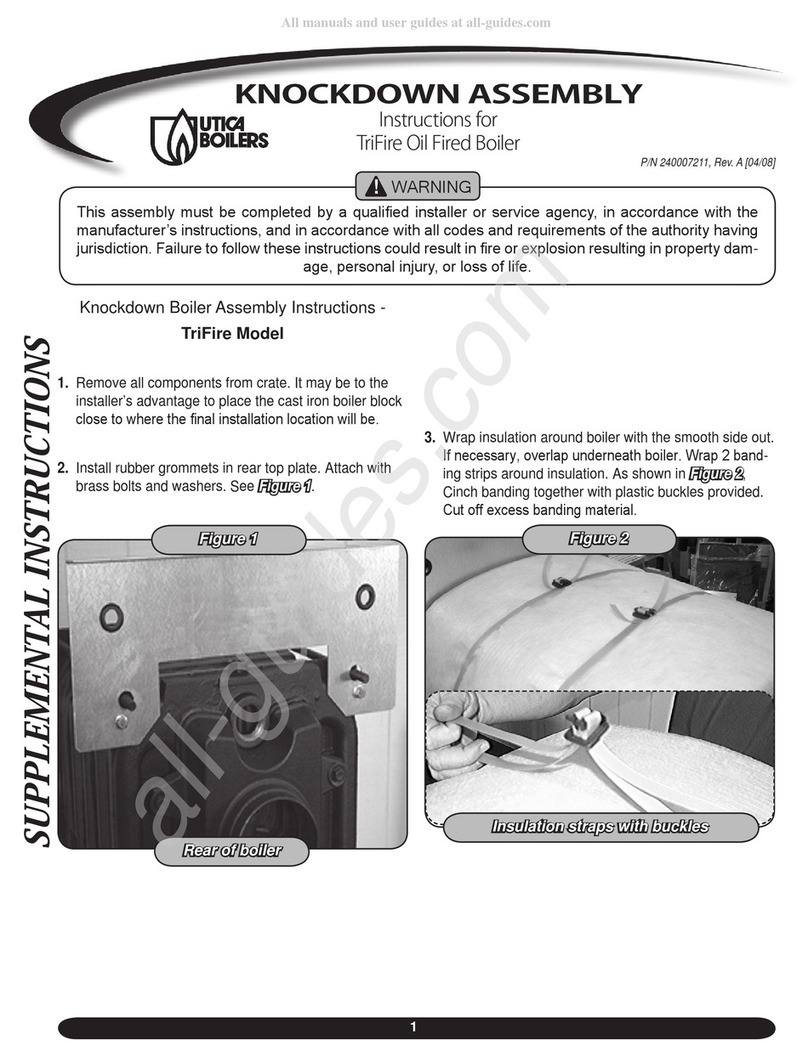
UTICA BOILERS
UTICA BOILERS TriFire Assembly instructions
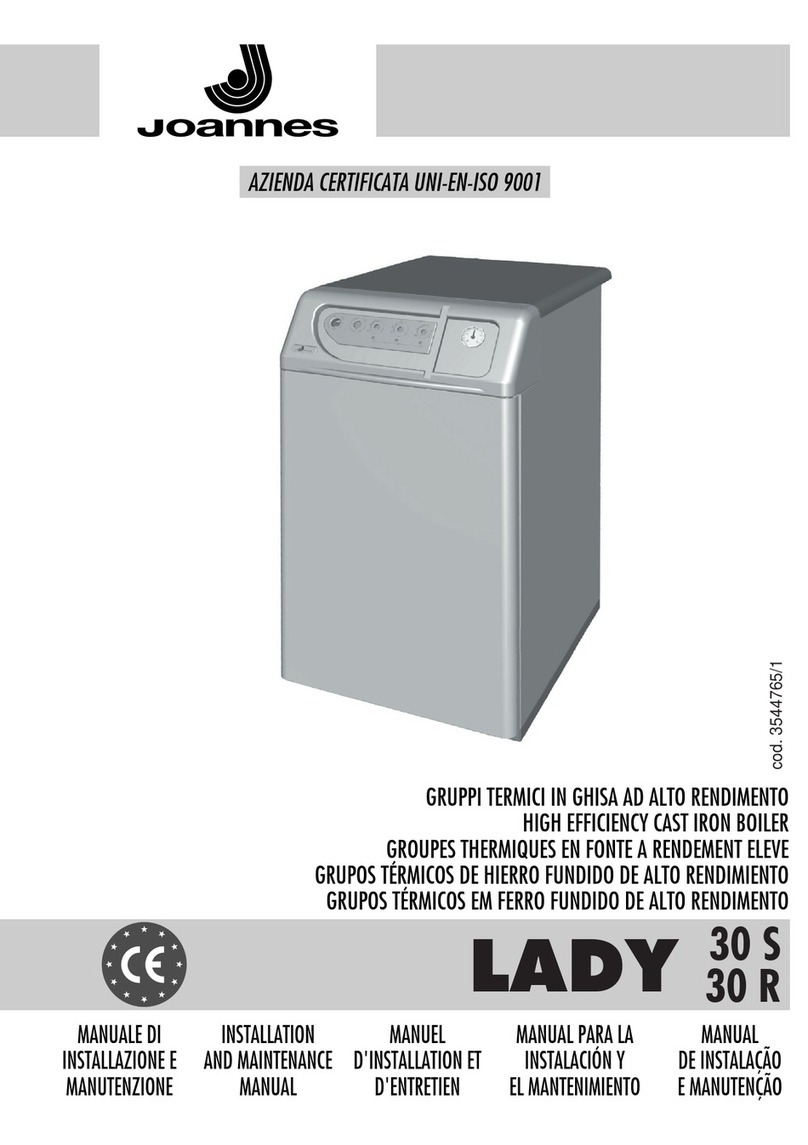
Joannes
Joannes LADY Series Installation and maintenance manual

ECR International
ECR International UB90-125 Installation, operation & maintenance manual
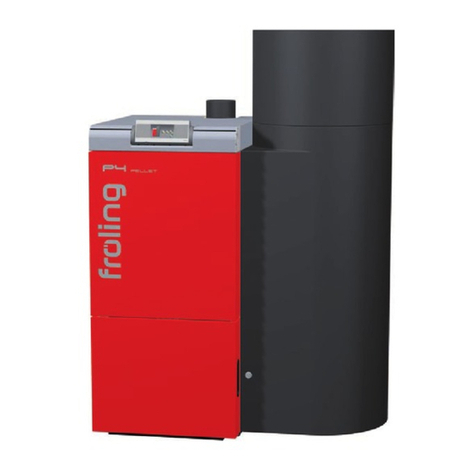
Froling
Froling P4 Pellet 8 - 105 installation instructions
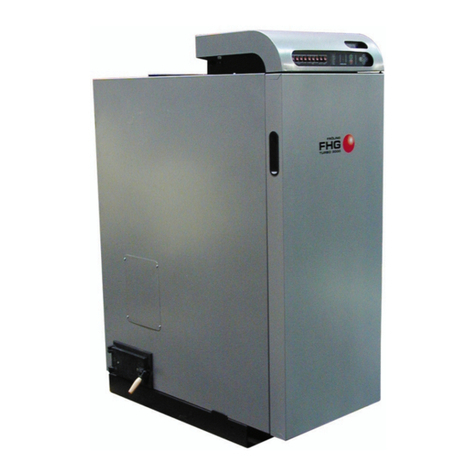
Froling
Froling FHG Turbo 3000 operating instructions

U.S. Boiler Company
U.S. Boiler Company K2 operating instructions
